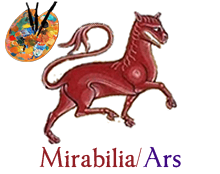José María SALVADOR GONZÁLEZ, Cristina DE LA CASA RODRÍGUEZ
On the supposed line of development of the medieval portraiture. From the donor to individual portrait
Sobre la supuesta línea de desarrollo de la retratística medieval. Del donante al retrato individual
Published in
Keywords: Donor, Flemish painting, Individual, Middle Ages, Portrait, Quattrocento.
PDF download:
This paper aims to assess the problems arisen when trying to talk about the development of medieval portraits. Usually, we tend to think that the donor is typical of the Early Middle Age, and then, progressively, the importance of the subject depicted increases, so that finally we can encounter the Italian, but mostly Flemish, portrait in which the values of modern society, such as the distance taken from the religious principles or the human being’s feeling of superiority, are reflected. Throughout our paper, this so-called perfect evolution will be tested, by doing an initial approach to the concepts of “donor” and “portrait”, so that we can realise that this kind of expressions used by art historiography are just characteristic of narrow-minded visions which cannot be used to reproduce the existing diversity of the Art. Finally, we will analyze the different ways of depicting people throughout the Middle Ages, giving particular emphasis on the line of thought and the philosophy dominant every concept and piece described, with the firm belief that ideas, instead of mere formalist analysis, give us the key points about the human being’s representations throughout history, and in a more precise way, the medieval period.






















































































